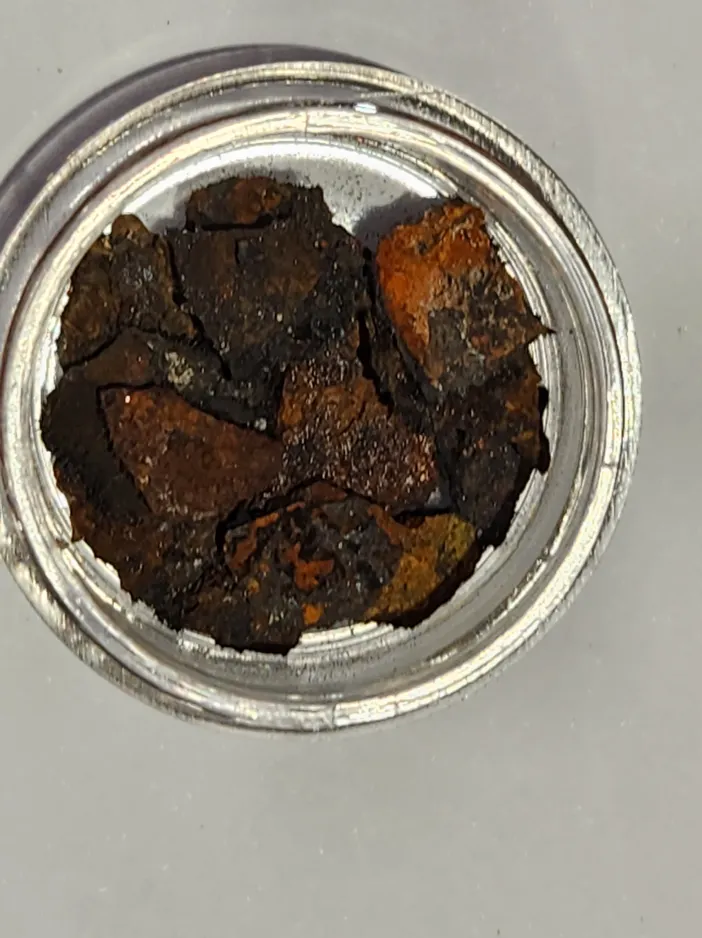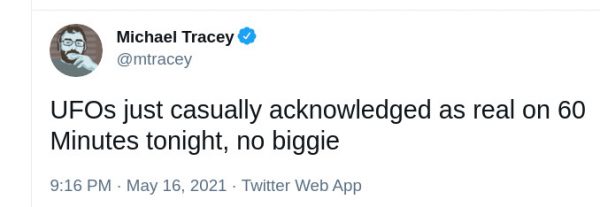Don’t say I didn’t try to warn* you. (OK. Reference *here)
For the casual student of UFO history, the modern idea of life beyond our planet usually dates to 1947, when a top-secret U.S. military balloon crashed in the desert near Roswell, New Mexico. The wreckage prompted decades of conspiracy theories and gave rise to the idea that Roswell was the site of an alien crash landing.
Now, thanks to a new congressional spending bill, UFO enthusiasts may look to 1945 as the beginning of that era.
An amendment tucked into this year’s $858 billion National Defense Authorization Act, which funds the Defense Department’s annual operating budget, requires the department to review historical documents related to unidentified aerial phenomena — government lingo for UFOs — dating to 1945. That is the year that, according to one account, a large, avocado-shaped object struck a communication tower in a patch of New Mexico desert now known as the Trinity Site, where the world’s first atomic bomb was detonated that July.
Experts said the bill, which President Joe Biden signed into law in December, could be a game changer for studying unidentified phenomena.
“The American public can reasonably expect to get some answers to questions that have been burning in the minds of millions of Americans for many years,” said Christopher Mellon, a former deputy assistant secretary of defense for intelligence. “If nothing else, this should either clear up something that’s been a cloud hanging over the Air Force and Department of Defense for decades, or it might lead in another direction, which could be truly incredible. There’s a lot at stake.”
The amendment was introduced by Rep. Mike Gallagher, R-Wis. and a member of the Armed Services Committee. Gallagher, who declined an interview request, said in a brief statement that a “comprehensive timeline” of unidentified aerial phenomena in U.S. government records was needed and that the amendment would ensure a full review of “all U.S. government classified and unclassified information.”
“This is an important step that will give us a more comprehensive understanding of what we know — and don’t know — about incidents impacting our military,” he said.
(The link may be paywalled for some, so I’ve included full text in the extended entry)
Continue reading →

 On Run 6 of the magnetic sled through the likely crash site of the first recognized interstellar meteor, IM1, the expedition research team recovered shards of corroded iron. At first, we thought it may be common industrial iron associated with human-made ocean trash. But when Ryan Weed ran the sample of shards through the X-ray Fluorescence (XRF) analyzer, the most likely alloy it flagged is X5 steel with titanium, which is also known as shock-resisting steel.
On Run 6 of the magnetic sled through the likely crash site of the first recognized interstellar meteor, IM1, the expedition research team recovered shards of corroded iron. At first, we thought it may be common industrial iron associated with human-made ocean trash. But when Ryan Weed ran the sample of shards through the X-ray Fluorescence (XRF) analyzer, the most likely alloy it flagged is X5 steel with titanium, which is also known as shock-resisting steel.
